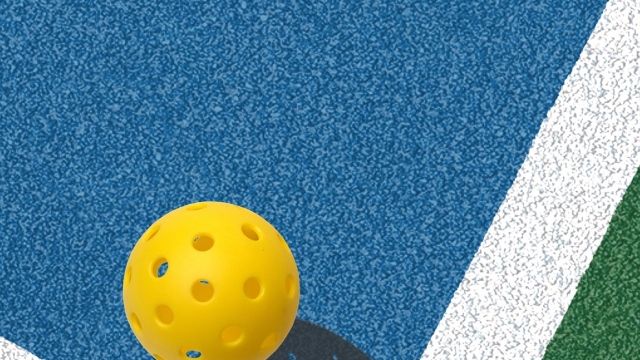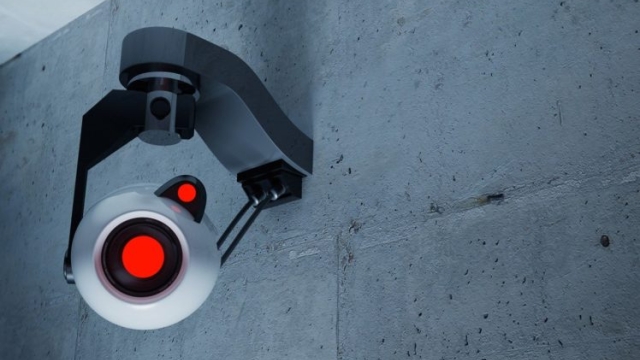
Serve, Smash, Score: The Rise of Pickleball Madness!

In recent years, a dynamic new sport has taken the United States by storm, capturing the hearts and paddles of players of all ages. Pickleball, a fun and social game that blends elements of tennis, badminton, and table tennis, has rapidly gained a devoted following across communities and recreational centers. Whether played on indoor or outdoor courts, this engaging game promotes not only physical fitness but also camaraderie among players, making it an ideal choice for family gatherings, friendly competitions, and serious tournaments alike.
As we dive into the world of pickleball, it becomes clear why this sport has sparked a wave of enthusiasm. From its simplicity and accessibility to the exhilarating gameplay that keeps competitors on their toes, pickleball offers a unique blend of challenge and enjoyment. With a paddle in hand and a ball in play, enthusiasts are discovering a fresh way to connect, compete, and score, leading to an undeniable surge in pickleball madness.
History of Pickleball
Pickleball was invented in 1965 on Bainbridge Island, Washington, by three fathers, Joel Pritchard, Bill Bell, and Barney McCallum. The game was created as a fun activity for their families during the summer. They combined elements of various racquet sports including tennis, badminton, and ping-pong, utilizing a lifting net and paddles crafted from plywood. The name "pickleball" is believed to have come from a family dog named Pickles, who would chase after the balls during their games.
As the game gained popularity locally, it began to spread beyond Bainbridge Island. In 1972, the first official rules were published, and the first pickleball tournament was held in 1976 in Washington State. The establishment of the USA Pickleball Association in 2005 further solidified the sport’s structure, promoting organized play and expanded outreach. By this time, pickleball had begun to attract players of all ages and skill levels.
Over the years, pickleball has evolved into a significant presence in the sports community. The game has seen a remarkable surge in popularity since the 2010s, largely due to its inclusive nature and the ease with which new players can learn the rules. Today, it boasts millions of players, with courts appearing in schools, parks, and community centers across the United States and beyond, making pickleball a beloved pastime for many.
Rules and Gameplay
The game of pickleball is played on a court similar to a badminton court, with a net set at 34 inches in the center. It can be played as a singles or doubles match, with each player using a paddle to strike a lightweight wiffle ball over the net. The objective is to score points by making the ball land in the opponent’s court, with no more than one bounce allowed on each side of the net. Players initiate each rally with an underhand serve that must land in the diagonal service box on the opponent’s side.
Scoring in pickleball can only occur when serving. Each game is played to 11 points, and a team must win by at least 2 points. Players rotate serving every time they score and must hit the ball within the designated areas of the court to avoid faults. If the ball lands outside the court lines, it is considered out, resulting in a loss of serve or a change of possession in doubles play. Each player must also follow the double bounce rule, which states that the receiving team must allow the ball to bounce before returning it and the serving team must let the ball bounce on the return as well.
Maintaining a strategic approach is crucial to success in pickleball. Players often use a combination of power shots and soft placements to outmaneuver their opponents. The non-volley zone, or kitchen, is an important area where players must be aware of their positioning, as it restricts them from volleying the ball while standing within the zone. Effective teamwork and communication in doubles can also elevate gameplay, making every point count in this rapidly growing sport.
https://playatpac.com/
Health Benefits
Pickleball is not only a fun and engaging sport, but it also offers numerous health benefits that contribute to overall well-being. This fast-paced game encourages physical activity, helping players improve their cardiovascular health. Through regular play, individuals increase their heart rate, improve blood circulation, and enhance their stamina, all of which are essential for maintaining a healthy lifestyle.
Moreover, pickleball is a fantastic way to enhance coordination and agility. The sport requires quick movements and rapid reflexes, which can lead to improved balance and hand-eye coordination. These skills are particularly beneficial for older adults, as they can help reduce the risk of falls and injuries. Additionally, the social aspect of pickleball promotes interaction and connection, which can boost mental health and combat feelings of loneliness or depression.
Finally, pickleball provides a low-impact exercise option that is suitable for players of all ages. Unlike some high-impact sports, pickleball is easier on the joints, making it an ideal choice for those recovering from injuries or looking for gentle ways to stay active. Regular participation in pickleball can lead to improved muscle tone, increased flexibility, and better overall fitness, making it a holistic exercise option that caters to a wide range of individuals.
Pickleball Community and Culture
The pickleball community is a vibrant and welcoming space that attracts players of all ages and skill levels. This sport has fostered a unique culture where inclusivity and support are paramount. From newbie learners to experienced competitors, players often come together to share tips, strategies, and encouragement. Local clubs and recreational centers frequently host events that promote camaraderie, making it easy for individuals to connect and form friendships through the shared love of the game.
Social gatherings surrounding pickleball events are an integral part of the culture. Tournaments, league matches, and casual play sessions often extend beyond the court, with players enjoying post-game socializing and barbecues. These gatherings strengthen bonds within the community and help to cultivate a fun atmosphere. Additionally, many players find that being part of this community enhances their overall enjoyment of the sport, making it not just a game but a lifestyle enriched by relationships and shared experiences.
The growth of pickleball has also led to an increase in organized initiatives that aim to give back to the community. Players are often involved in charitable events, teaching clinics for kids, and outreach programs that promote physical activity and wellness. This dedication to giving back creates a strong sense of purpose within the pickleball culture, reinforcing the sport as not just a pastime, but a channel for building connections and uplifting the community.



